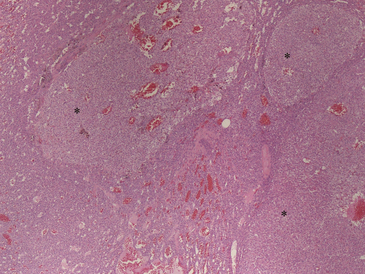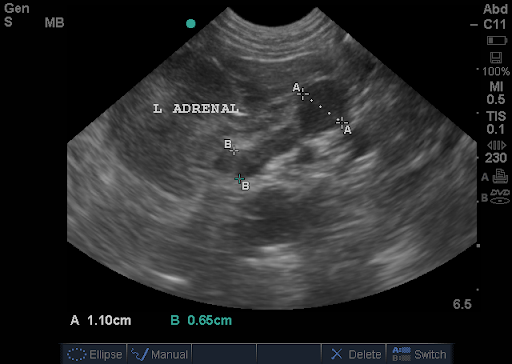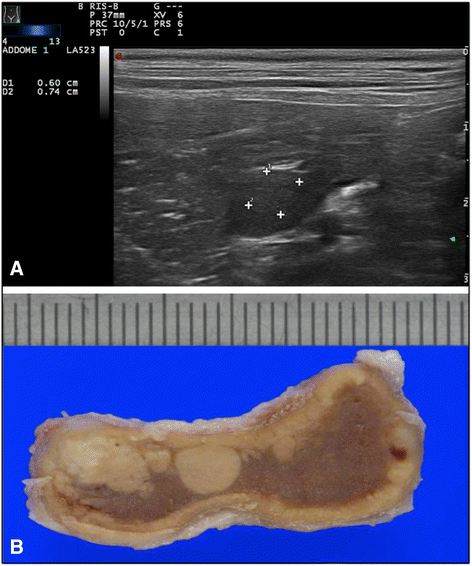
Hematologic findings associated with hypercortisolemia (lymphopenia, eosinopenia, and neutrophilic leukocytosis) occur inconsistently in feline hyperadrenocorticism. These enzymes frequently normalize with adequate regulation of diabetes, even without therapy directed towards the hyperadrenocorticism. Increases in SAP and the hepatocellular enzyme ALT appear to correspond with the regulation of the diabetic state, rather than representing direct indicators of glucocorticoid excess. Elevation of serum alkaline phosphatase (SAP) is present in only approximately one-third of cats compared to nearly 90% of dogs with hyperadrenocorticism. Cats lack the steroid-induced isoenzyme of alkaline phosphatase found in the canine, and the half-life of the enzyme appears to be significantly shorter in the cat. Hypercholesterolemia is also common, and may relate to insulin resistance and increased lipolysis. Cats with concurrent diabetes mellitus often exhibit cortisol-induced insulin resistance, requiring high daily doses of insulin to control their hyperglycemia and glucosuria. Cats appear more sensitive to the diabetogenic effects of glucocorticoid excess than dogs. Hyperglycemia is the most common laboratory abnormality found on serum biochemistries.

Dermatologic abnormalities frequently recognized include an unkempt hair coat with patchy alopecia, and very thin skin prone to traumatically induced tears and secondary infections. The typical "Cushingoid" pot-bellied appearance with hepatomegaly, weight gain, and generalized muscle wasting is common in cats as in dogs.

These signs likely correspond to the high incidence of concurrent diabetes mellitus (76%) found in cats with hyperadrenocorticism, and are consistent with the lack of overt signs preceding marked glucose intolerance observed in experimentally-induced disease. The most common historical findings and clinical signs associated with feline hyperadrenocorticism are polyuria, polydipsia, and polyphagia. This female sex predilection resembles the human syndrome and contrasts with canine hyperadrenocorticism, where no sex predilection occurs. Of the reported cases of feline Cushing's syndrome (78%) have been females.


Hyperadrenocorticism develops most commonly in middle-aged to older cats (mean age = 10.4 years range 6 - 15 years).


 0 kommentar(er)
0 kommentar(er)
